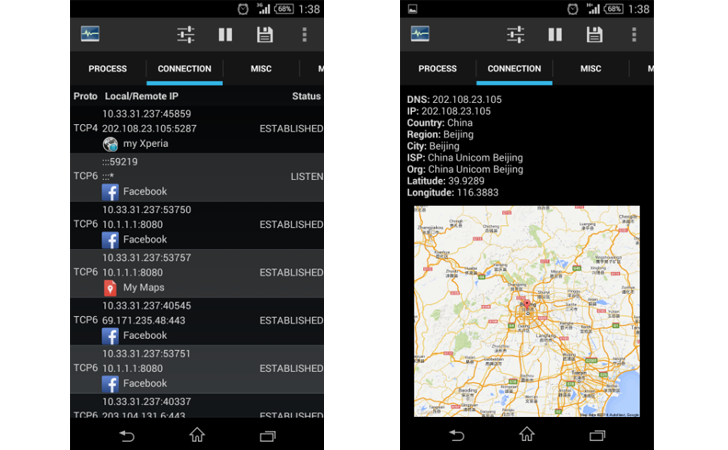On most messaging platforms, what happens when you send someone the wrong message? Don’t you hate misspelling words, and not realizing it until after it’s already sent? In an effort to fix these common problems, BlackBerry Messenger is receiving a pretty huge update today, adding some great features that should be standard on all messaging apps. Among others, timed messages and the ability to retract messages are the most notable. Let’s take a look at the new features that are coming in the newest BBM update.
Timed Messages
Users now have the ability to set how long contacts have to view certain messages while in a chat. Think of this as a Snapchat-like feature, only you can use it with texts, as well as images. The recipient needs to press and hold on the chat in order to view the timed message. Then when the time is up, or the user lets go of the screen, the message is gone for good. If the recipient takes a screenshot of the message, BBM will notify you that it happened.
Message Retraction
Probably the coolest and most useful feature in the update is the ability to delete a message from the chat after it’s already been sent. If you’d like to erase one of your messages, simply click it and press the retract button. This can be done before or after the recipient gets the message. Take a look at the video below for a tutorial.
BlackBerry Messenger isn’t done yet… They’ve added a few other improvements that may make your life easier. Take a look at the full changelog below for all of the new enhancements.
- Timed Messages: Set how long contacts have access to messages and pictures shared in a chat
- Message Retraction: ‘Retract’ a message to remove it from your BBM chat
- A quicker sticker picker: Adding stickers to your BBM chats is now even quicker with a new picker (say that ten times fast)
- HD Picture Transfer: It’s easier than ever to get a high quality version of the pictures you receive in BBM
- Discover Music: See what music your contacts are listening to in BBM Feeds
All of these new features are coming free to BBM for the next three months, and after that, the folks at BlackBerry explain that a new premium subscription service will be starting soon. At this time, information on the BBM subscription service is scarce, but we will be sure to update you once we get any new information.
Be sure to try out the awesome new features on BBM before the subscription service takes over. You can grab the update in the Play Store today!
Still Having Problem..!!! Connect with Admin
BBM: 7F72A48D
 Kunal Vohra
Kunal Vohra
Download Our Official Android App & Get Free Internet
"The Hackers Street"
BBM: 7F72A48D
For Daily Updates



